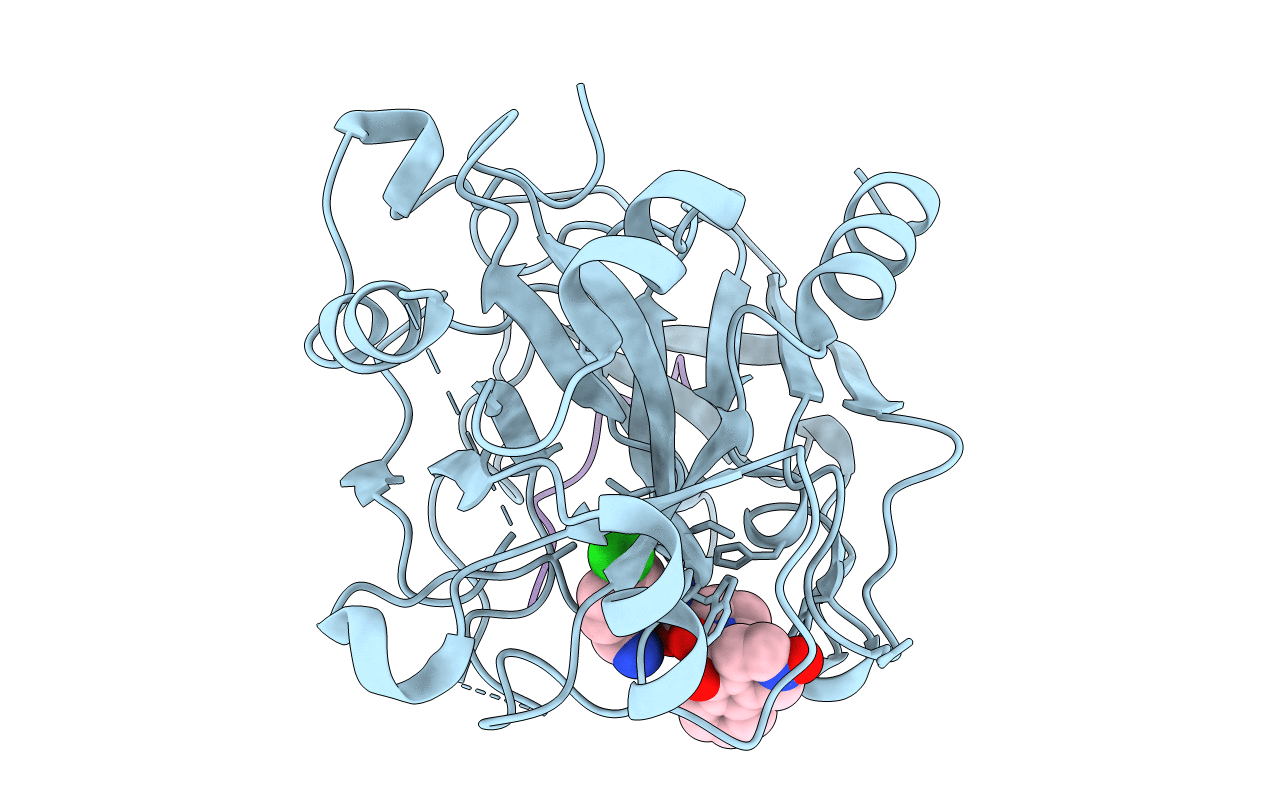
Deposition Date
2005-05-19
Release Date
2005-06-07
Last Version Date
2024-10-30
Entry Detail
PDB ID:
1ZRB
Keywords:
Title:
Thrombin in complex with an azafluorenyl inhibitor 23b
Biological Source:
Source Organism:
Hirudo medicinalis (Taxon ID: 6421)
Homo sapiens (Taxon ID: 9606)
Homo sapiens (Taxon ID: 9606)
Method Details:
Experimental Method:
Resolution:
1.90 Å
R-Value Free:
0.27
R-Value Work:
0.22
R-Value Observed:
0.22
Space Group:
C 1 2 1


